Rosacea is a chronic inflammatory skin condition that affects millions of people worldwide, characterized by facial redness, visible blood vessels, and sometimes acne-like bumps across the cheeks, nose, and chin. It can be mentally and physically distressing, with flare-ups triggered by factors like stress, sun exposure, spicy foods, or alcohol. While the exact cause of rosacea remains unknown, experts believe it stems from a mix of genetic, environmental, and immune system factors.
Traditional treatments often involve topical creams, oral medications, or lifestyle changes to manage triggers, but these approaches may not work for everyone. Red light therapy (RLT) has emerged as a promising, non-invasive treatment for rosacea, offering relief by reducing inflammation, calming redness, and promoting skin repair at a cellular level.
How Red Light Therapy Works for Rosacea
Red light therapy works by penetrating the skin at a depth of around 8-10 millimeters. This penetration triggers a series of natural reactions in the skin cells. The mitochondria, often referred to as the powerhouse of the cells, absorb the light and produce more energy, which in turn accelerates the healing and rejuvenation process. Red light therapy is an effective treatment for rosacea, and can help with symptoms like flushing and redness.
By calming inflammation and increasing collagen, red light therapy can reduce visible blood vessels, with studies showing up to 50-75% reduction in rosacea patients after a few treatments. Red light lowers inflammation markers that cause redness and supports new blood vessel formation for smoother skin.
Unlike most rosacea treatments on the market today, red light therapy is not a superficial remedy that addresses only symptoms. Rather, red light treats the root of the problem. While it is not a total cure for rosacea, advanced red light treatment increases energy production in cells and reduces inflammation.
It's an inside-out approach to restoring healthy skin. The light bathes your skin in a soft, warm sensation, targeting deep into the skin cells to heighten their internal functions, stimulate blood flow, induce faster healing, decrease pain, and reduce signs of inflammatory skin conditions. In a short time, LED light therapy may ease flushing, burning, swelling, and bumps, and can stimulate repair of broken capillaries on the cheeks and nose.
Benefits of Red Light Therapy for Rosacea
In the context of rosacea, red light therapy has several potential benefits. Firstly, it helps reduce inflammation, a key component of rosacea. The light energy reduces redness and erythema, creating a more even skin tone. Moreover, red light therapy promotes collagen production, improving the skin’s elasticity and texture. It’s a gentle, non-invasive treatment, making it suitable for those with sensitive skin. Red light therapy is by far the most recommended option for treating rosacea. This light penetrates deep into the skin, reaching the dermis layer, where it helps reduce inflammation and promote cellular repair.
Red light therapy is a popular choice amongst many for its ability to soothe inflammatory skin conditions like eczema, rosacea, and psoriasis. It can also be used to treat chronic inflammation, aid in wound healing, and can even provide relief from joint pain, such as arthritis. Red light therapy works by decreasing chronic inflammation present in the body and helps increase blood flow to damaged tissue.
This helps to soothe the skin, while reducing symptoms like itching, burning, pronounced redness, and dryness. Unlike other popular treatments, red light therapy helps to heal the skin barrier from the inside out. Treating deep within the tissue makes for long-lasting results.
One of red light therapy’s best qualities, compared to other cosmetic treatments like chemical peels or microneedling, is that it’s fabulous for sensitive skin! One-hundred percent natural, red light is responsible for reducing inflammation and sensitivity-related redness. What sets red light therapy apart is that it utilizes the skin’s own healing process to strengthen itself from the inside out. This FDA-cleared treatment helps to fortify the skin barrier to ensure skin health for the long haul. Generally, red light therapy has minimal side effects, making it a safe choice for rosacea treatment.
Real-World Results
A 68-year-old Caucasian man presented with a 7-year history of papulopustular rosacea, moderate grade, which extended over the entire surface of his face. He was submitted to LED therapy twice a week for a total of ten sessions. Blue (480 nm ± 15 nm, 300 J/minute) and red (650 ± 15 nm, 300 J/minute) were sequentially irradiated for 15 minutes. A good response was obtained after ten treatments with LEDs. He reported a reduction of symptoms such as burning and itching. Also, a reduction of erythema and papules was observed after five sessions of LED therapy. Further improvement was observed at the end of treatment.
AJ suffered with papulopustular rosacea for five years. At best, she had persistent facial redness, and at worst, she was experiencing large clusters of extremely painful spots with a 'fiery itchiness'. After using blue (415nm) and near-infrared (830nm) light for around two or three times a week, AJ noticed a massive reduction in her redness and painful spots. “I don’t want to constantly take medication,” says AJ.
Complementary LED Colors for Rosacea
While red light is a go-to for rosacea, other LED colors can offer targeted benefits too. Amber light is great for calming redness, one of rosacea’s hallmark symptoms. It can reduce capillary inflammation and encourage cell renewal, helping your skin repair and restore its natural balance. Commonly used to treat acne, blue light also promotes wound healing.
This can be a plus for rosacea-prone skin, as it soothes inflammation and supports natural skin repair processes. Even though green light therapy isn’t as commonly associated with rosacea treatment, it can definitely be effective for calming the skin.
Green light has a soothing effect and works at a more superficial level to reduce redness and irritation. Many rosacea sufferers use green light as a complementary treatment to red light therapy, particularly after a flare-up, to quickly calm the skin and reduce visible redness.More related:Does Red Light Therapy Help Rosacea?
At-Home vs. Professional Treatments
Both at-home LED devices and professional in-office treatments can be effective for managing rosacea. The main difference lies in the intensity of the light and how quickly you might see results. These are generally less powerful than the machines used in dermatology clinics, but they’re convenient and affordable. You can use them regularly to maintain results and keep flare-ups under control.
While they may take longer to show noticeable improvements, consistent use can still yield amazing benefits. Most people begin to notice improvements in redness and irritation after 4-6 weeks of consistent use. Professional treatments tend to be more powerful, meaning you may see faster results. However, they can be costly and require multiple sessions, which may not be practical for everyone.
FAQs About Red Light Therapy for Rosacea
1. How often should I use red light therapy for rosacea?
Most experts recommend 2-3 sessions per week, each lasting 10-20 minutes, depending on the device and severity of symptoms. Consistency is key, and results typically appear after 4-6 weeks of regular use.
2. Is red light therapy safe during a rosacea flare-up?
Yes, red light therapy is generally safe during flare-ups. Its anti-inflammatory properties can help calm redness and irritation. However, consult a dermatologist if you’re unsure about your specific condition.
3. Can I combine red light therapy with other rosacea treatments?
Absolutely. Red light therapy is often used alongside topical treatments like azelaic acid or oral medications. It can also complement other procedures like microneedling by reducing recovery time and inflammation.
4. Are there any side effects of red light therapy?
Side effects are rare but may include mild dryness or temporary redness. These typically resolve quickly.
5. Will red light therapy cure rosacea?
No, red light therapy is not a cure, but it can significantly reduce symptoms like redness, inflammation, and visible blood vessels, helping to manage the condition effectively.
References:

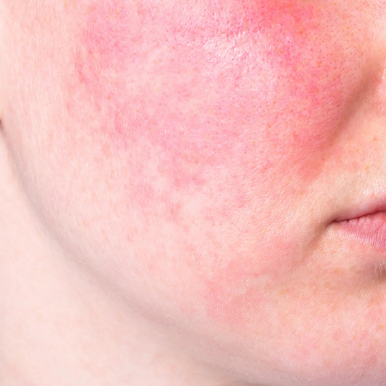


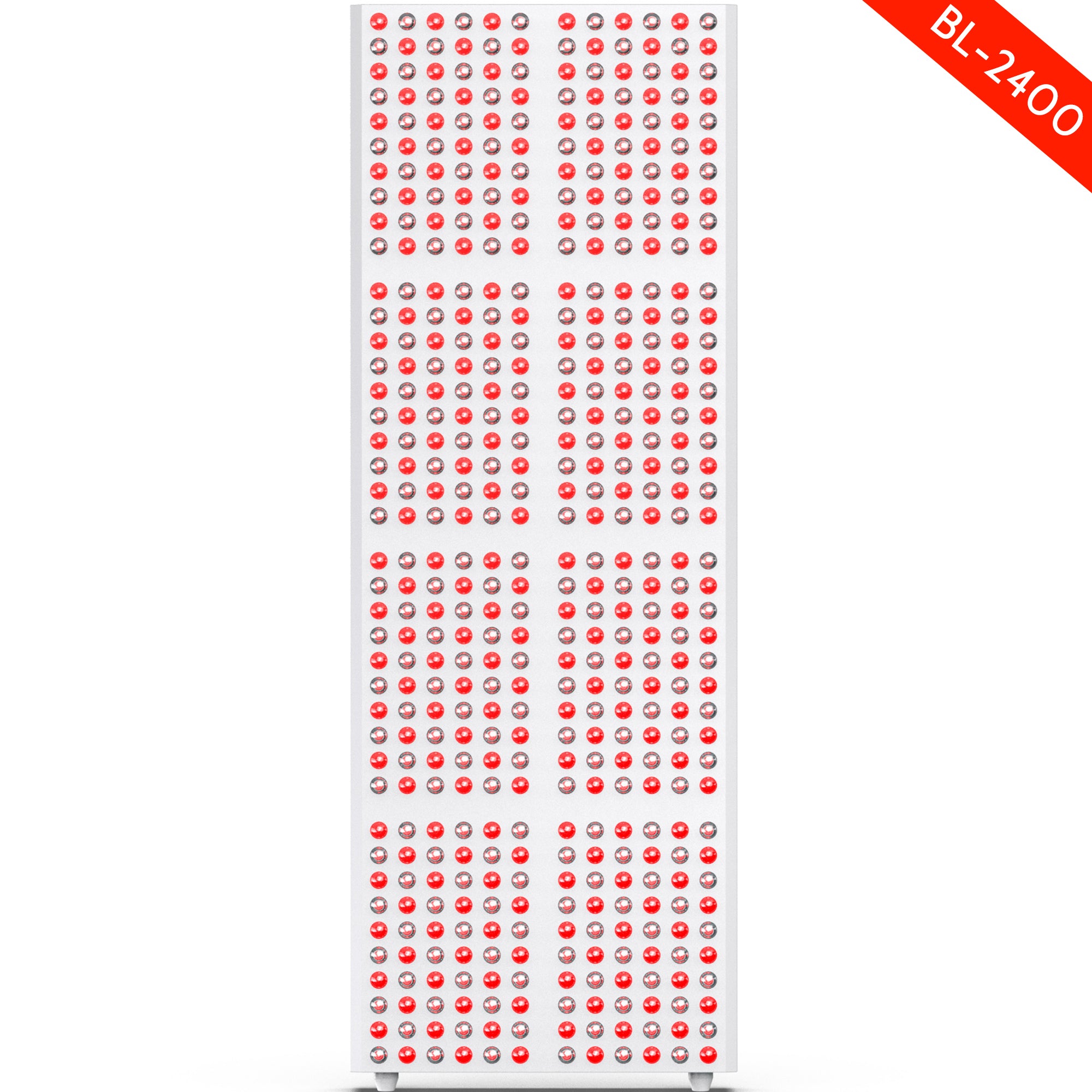
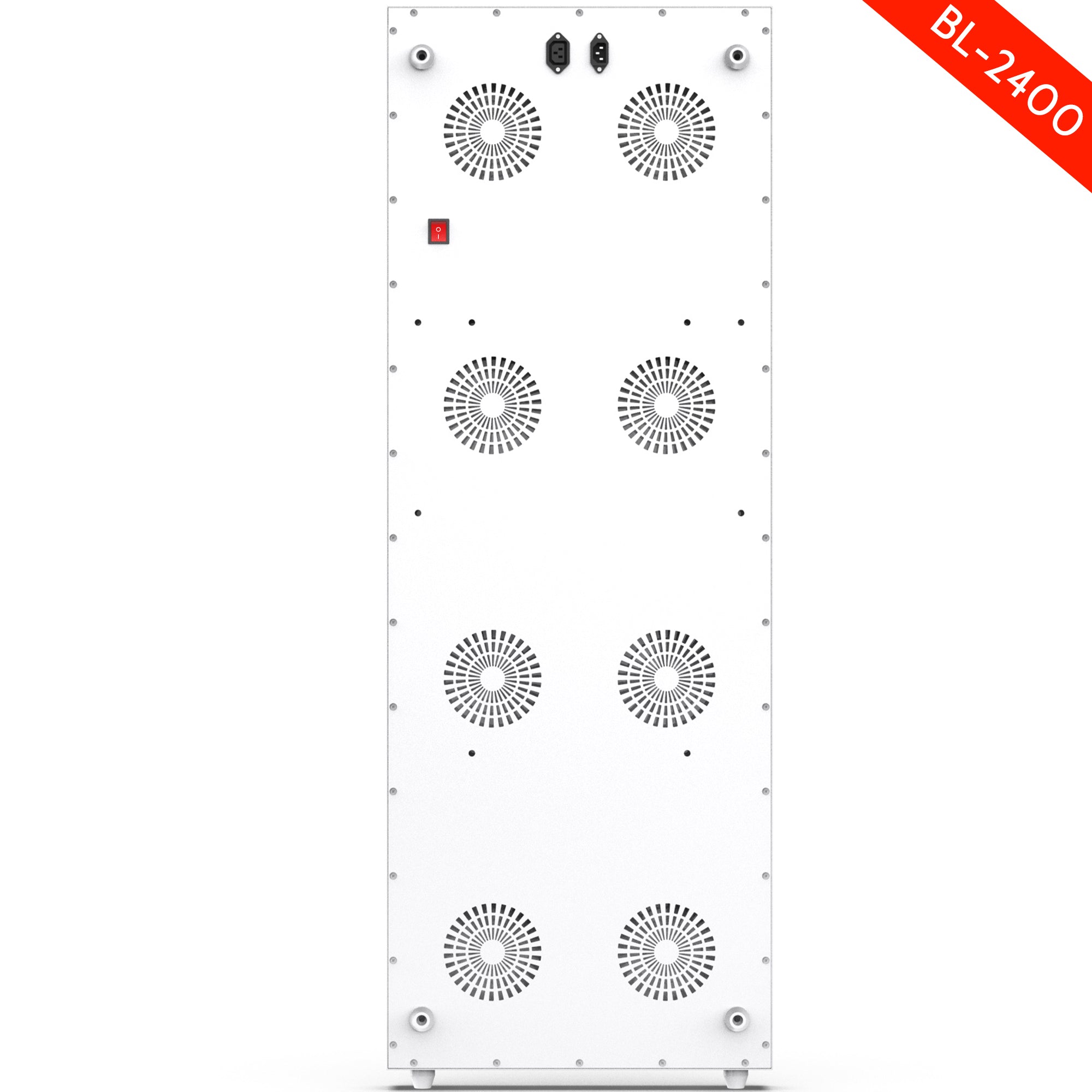
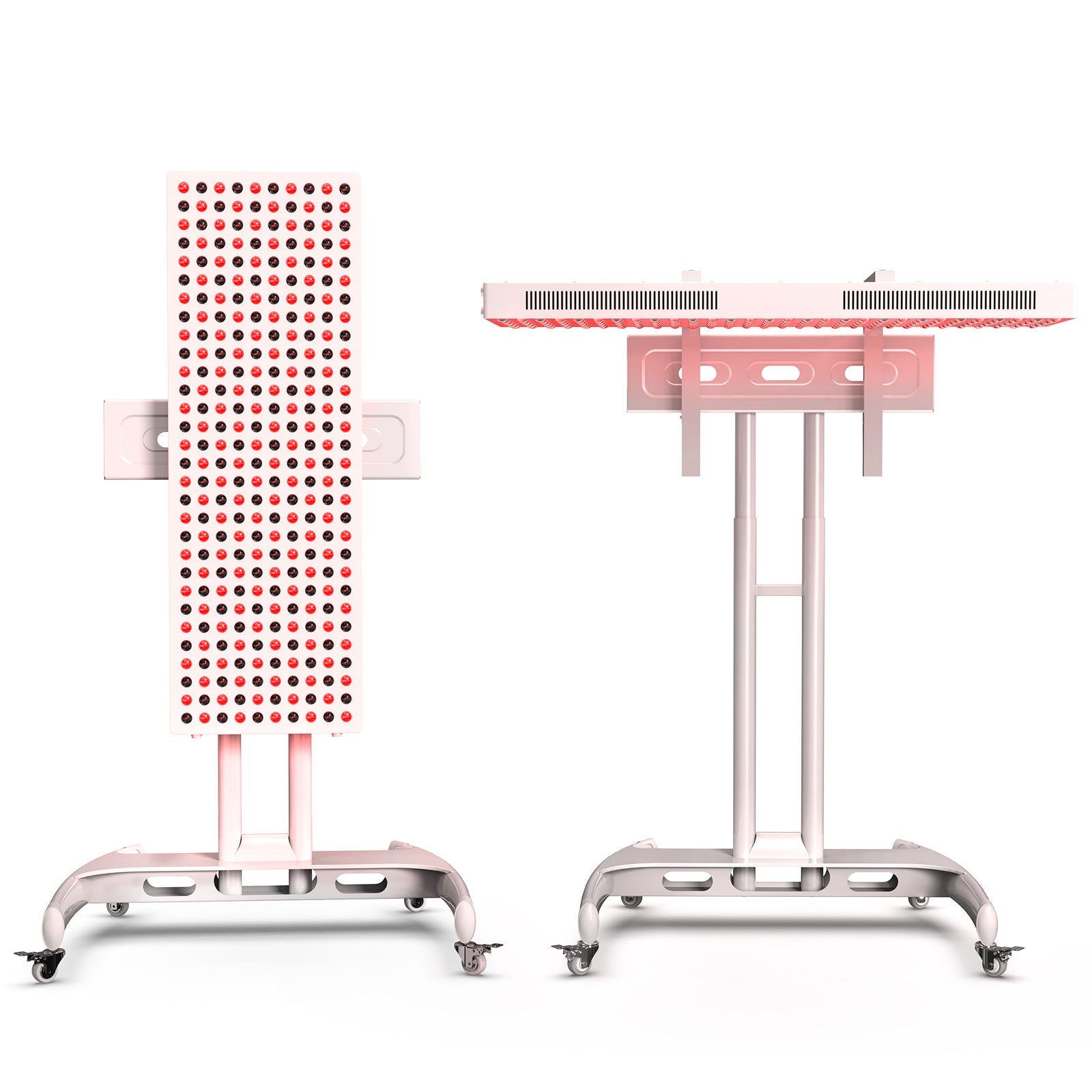
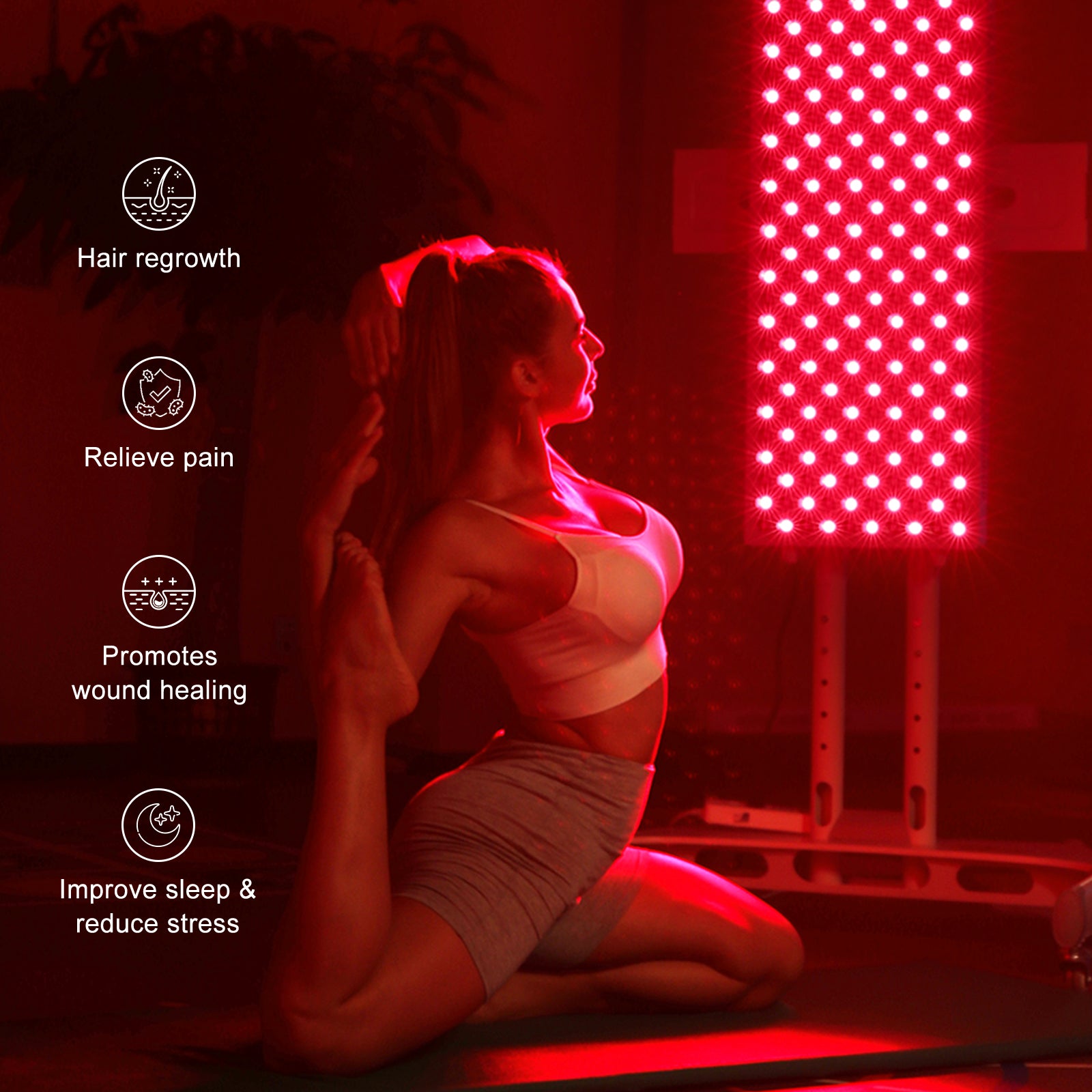
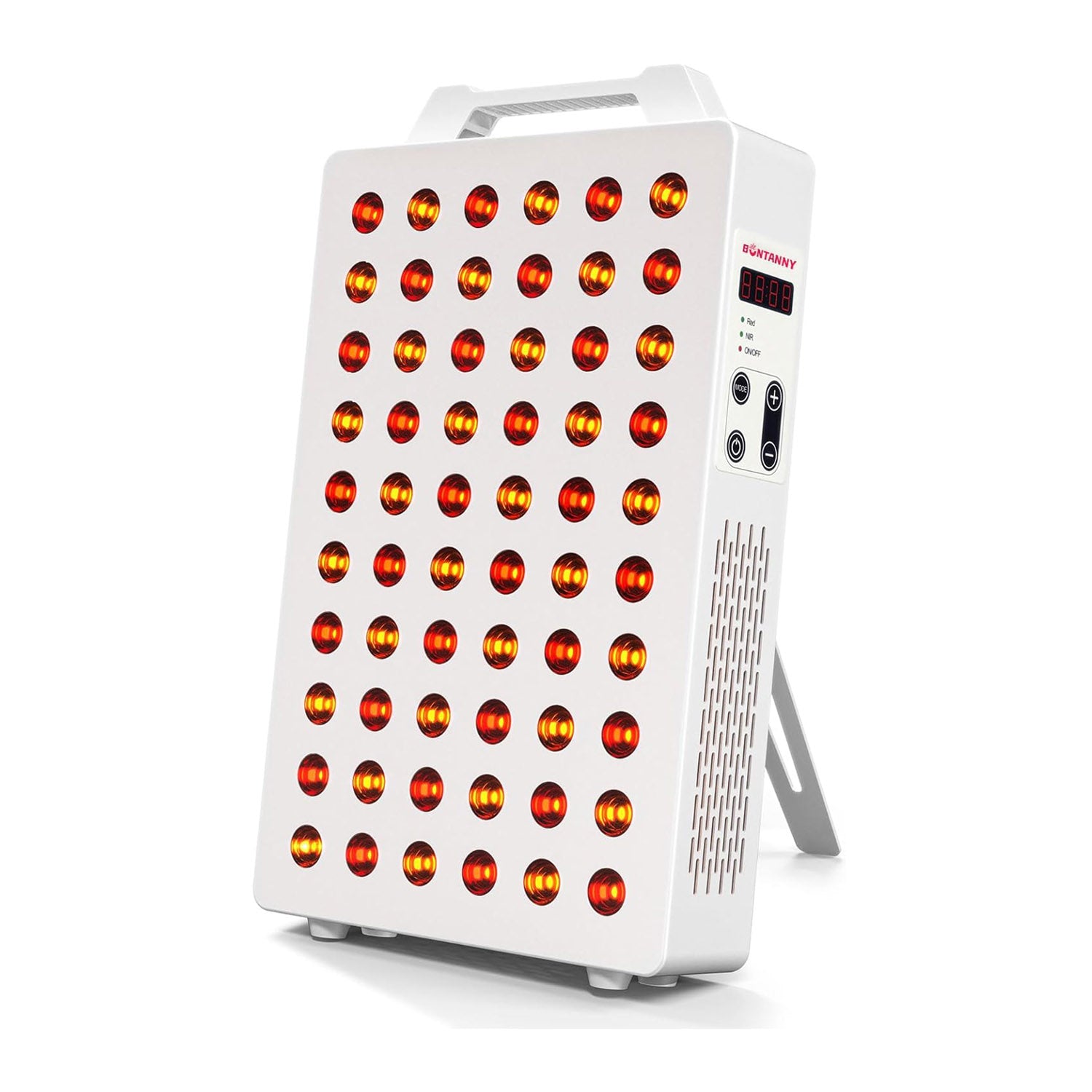
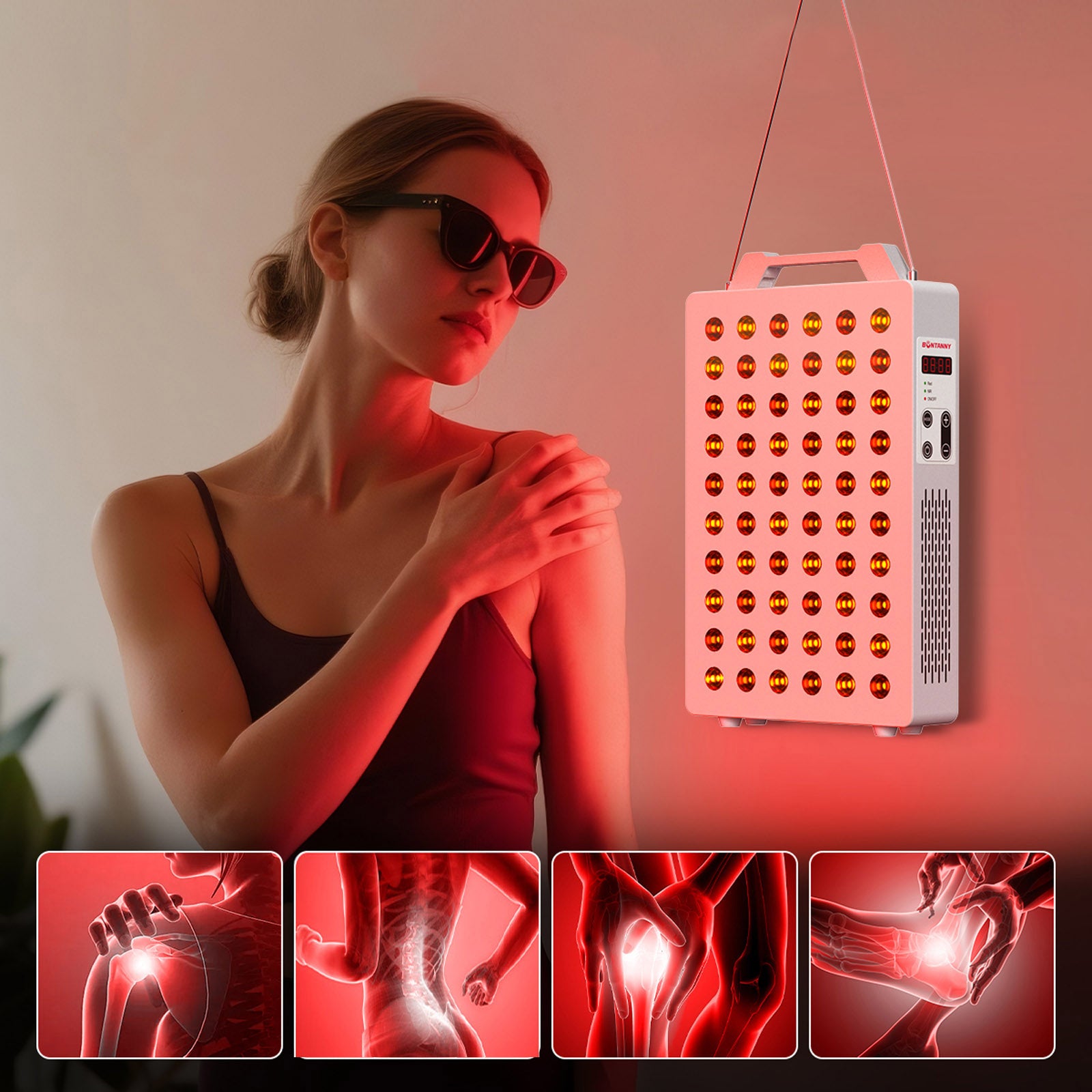

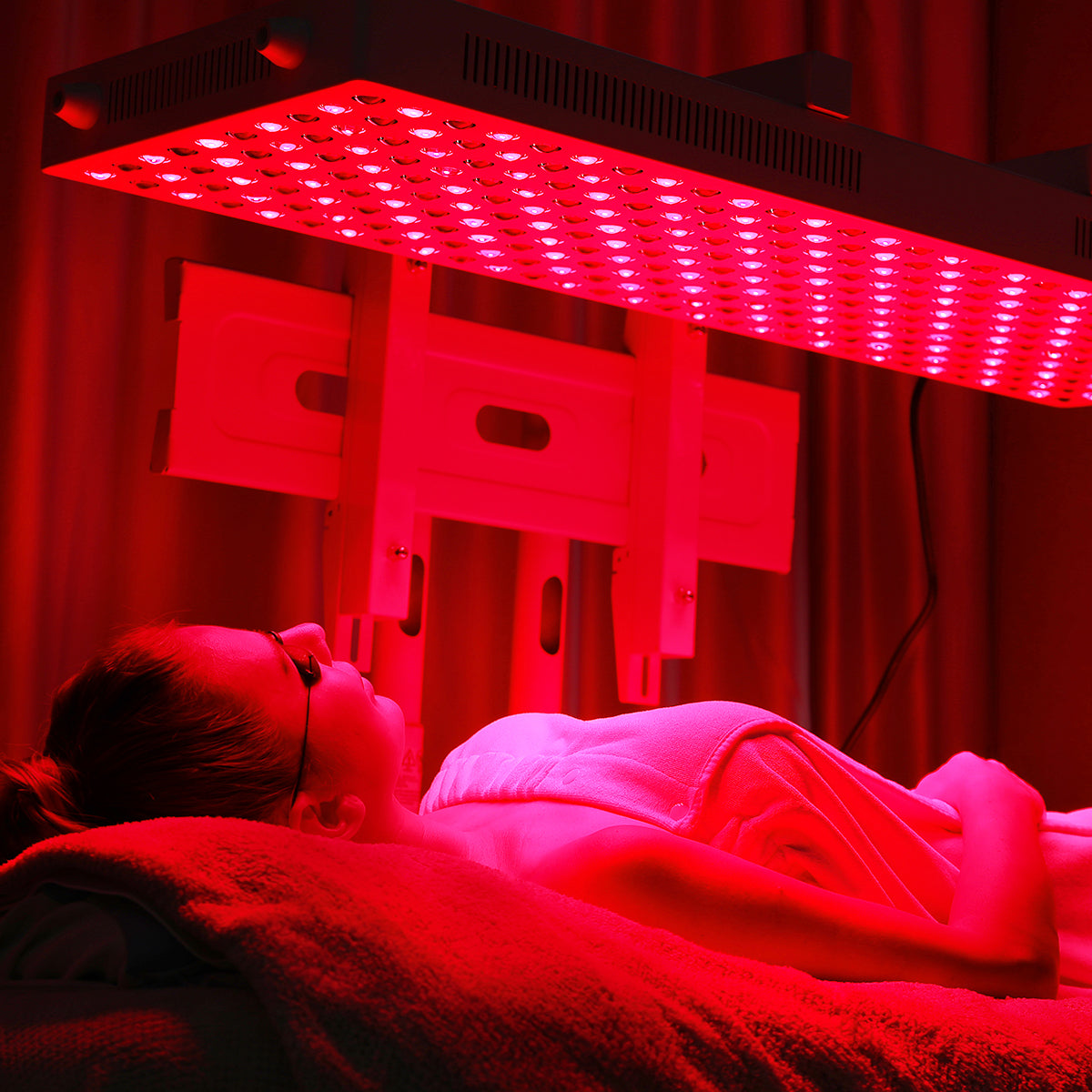
Leave a comment
This site is protected by hCaptcha and the hCaptcha Privacy Policy and Terms of Service apply.